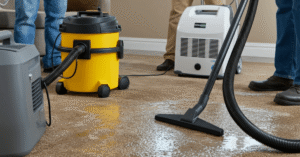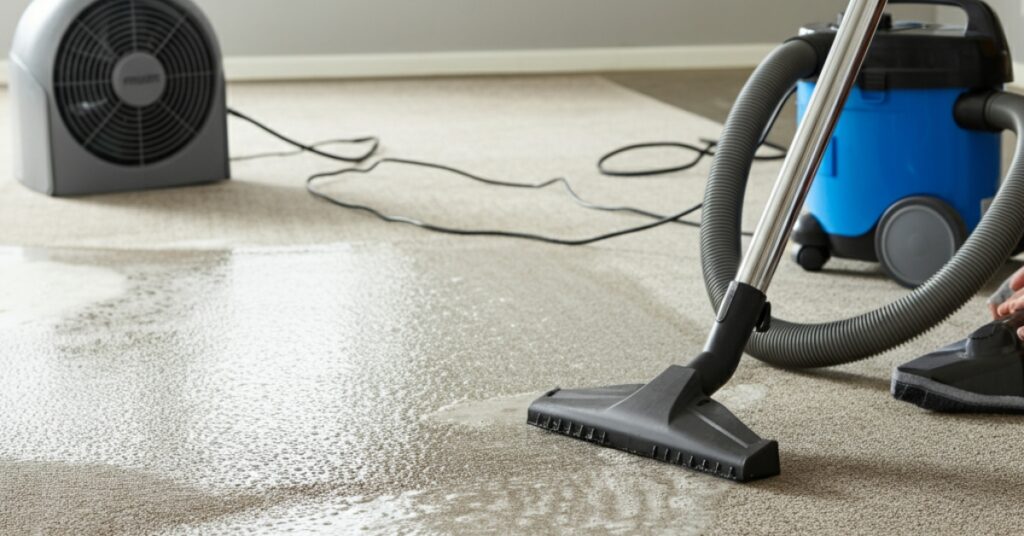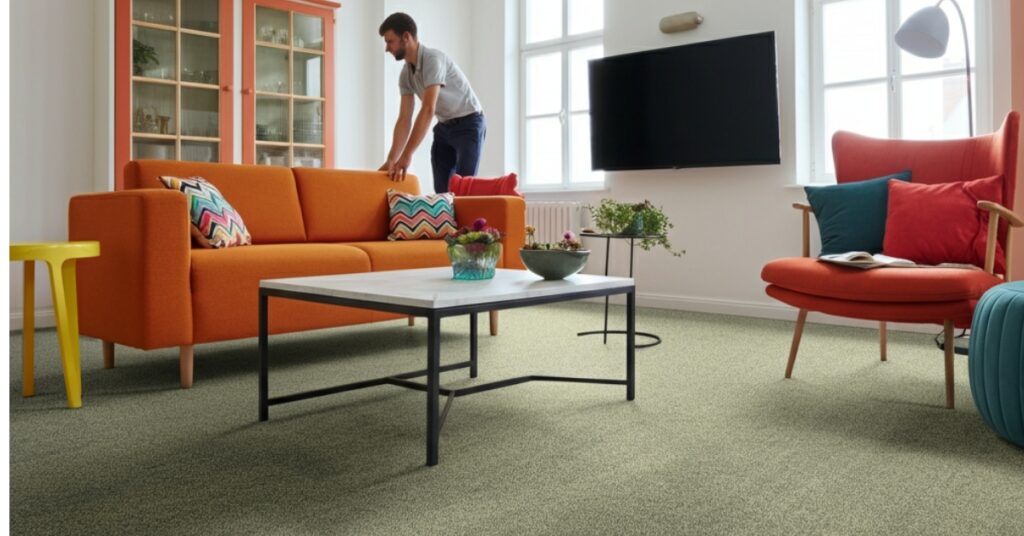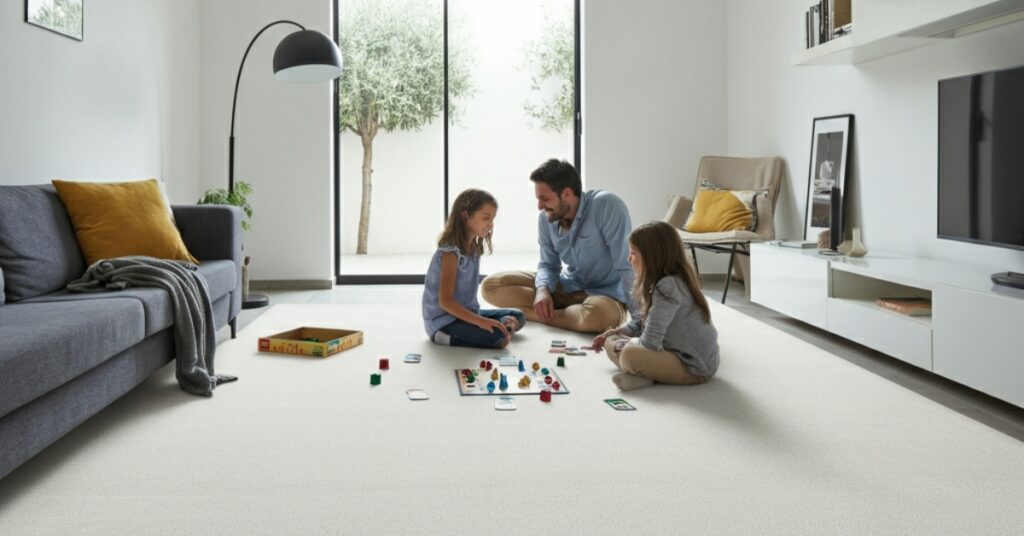As an Amazon Associate, I earn from qualifying purchases.
High traffic areas in your home or business take a beating every day. These spaces see constant foot traffic, spills, and wear that can quickly make them look dirty and worn out. Whether it’s your entryway, hallway, or commercial lobby, keeping these zones clean requires a different approach than your typical cleaning routine.
Cleaning high traffic areas effectively means understanding what makes these spaces unique. They need more frequent attention, stronger cleaning solutions, and smart strategies to prevent damage while maintaining appearance. The good news is that with the right techniques, you can keep even the busiest areas looking fresh and welcoming.
Why High Traffic Areas Need Special Attention
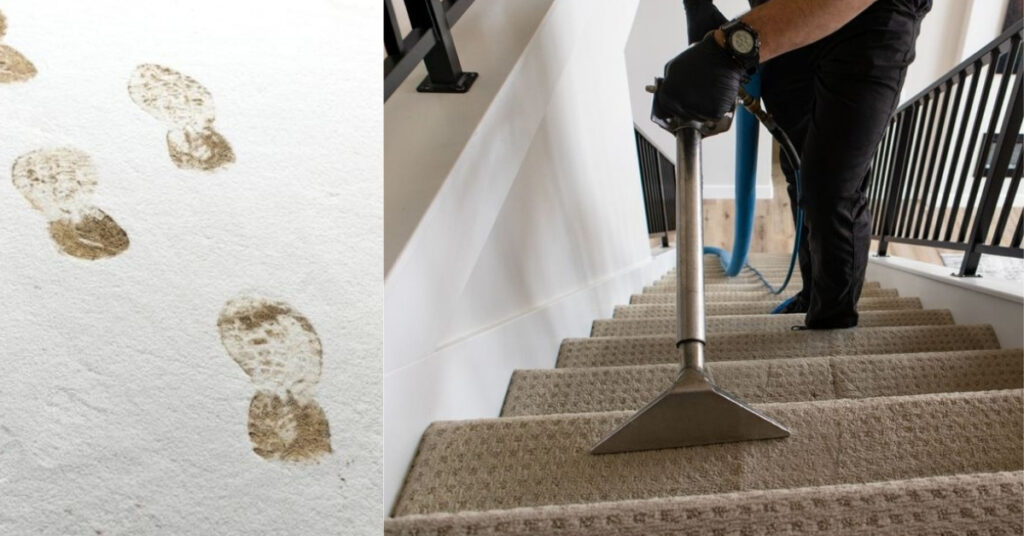
The Science Behind Wear and Tear
High traffic zones accumulate dirt, debris, and moisture at an accelerated rate. Every person who walks through brings outdoor contaminants on their shoes. These particles act like sandpaper, grinding against floors and surfaces with each step.
Different materials respond differently to heavy use. Carpet fibers can become matted and stained. Hard floors develop scratches and lose their protective finish. Even walls and doors show signs of frequent contact through scuff marks and fingerprints.
Health and Safety Concerns
Busy areas also harbor more bacteria and allergens. The constant introduction of outdoor pollutants creates an environment where germs can thrive. Without proper maintenance, these spaces become breeding grounds for harmful microorganisms that can affect indoor air quality and occupant health.
Essential Tools for High Traffic Zone Cleaning
Commercial-Grade Equipment
Investing in quality cleaning tools makes a significant difference in high traffic areas. Commercial vacuum cleaners with strong suction power remove embedded dirt that household models miss. Look for units with HEPA filters to capture fine particles and allergens effectively.
Microfiber mops and cloths outperform traditional cleaning materials in these demanding environments. They trap dirt instead of pushing it around, and their electrostatic properties help remove dust and debris more thoroughly. Steam cleaners offer another powerful option for sanitizing without harsh chemicals.
Specialized Cleaning Products
High traffic zones often require stronger cleaning solutions than gentle household cleaners. Enzymatic cleaners break down organic stains and odors at the molecular level. pH-neutral cleaners work well for regular maintenance without damaging surfaces over time.
Anti-bacterial products become important in areas where many people gather. Choose EPA-registered disinfectants that kill a broad spectrum of pathogens while being safe for your specific surfaces.
Step-by-Step Cleaning Process for High Traffic Areas
Daily Maintenance Routine
Start each day by removing loose debris with a dust mop or vacuum. This prevents dirt from being ground deeper into surfaces throughout the day. Pay special attention to corners and edges where particles tend to accumulate.
Spot clean any visible stains or spills immediately. The longer contaminants sit, the harder they become to remove. Keep cleaning supplies readily available in high traffic zones so maintenance can happen quickly when needed.
Weekly Deep Cleaning
Once weekly, perform a thorough cleaning of all high traffic surfaces. Begin by removing all moveable furniture and objects from the area. Vacuum carpets thoroughly using slow, overlapping passes to extract embedded dirt.
For hard floors, sweep or vacuum first, then mop with appropriate cleaning solution. Work in sections to prevent the cleaning solution from drying before you can properly rinse it away. Change your mop water frequently to avoid redistributing dirt.
Monthly Intensive Care
Monthly deep cleaning should address areas that daily and weekly routines miss. Move heavy furniture to clean underneath. Wash walls and baseboards in high traffic areas where they show fingerprints and scuff marks.
Consider professional carpet cleaning or floor refinishing on a quarterly or annual basis, depending on traffic levels. These services can restore surfaces that regular maintenance cannot fully address.
Surface-Specific Cleaning Strategies
Carpet and Rugs in Busy Areas
High traffic carpeting requires more aggressive maintenance than low-use areas. Vacuum daily with a quality machine, using multiple passes in different directions. This helps lift matted fibers and removes embedded particles.
Pre-treat stains with appropriate spot cleaners before they set. Blot rather than rub to avoid spreading the stain or damaging carpet fibers. For persistent odors, enzymatic cleaners work better than masking fragrances.
Hard Floor Maintenance
Different hard flooring materials need specific care approaches. Sealed wood floors can handle damp mopping with pH-neutral cleaners, but excess moisture can cause damage. Tile floors tolerate stronger cleaning solutions and scrubbing action.
Natural stone requires pH-neutral products to avoid etching the surface. Luxury vinyl and laminate floors need gentle cleaning to preserve their protective wear layers. Always follow manufacturer recommendations for your specific flooring type.
Wall and Door Care
High traffic areas show dirt on vertical surfaces too. Walls near doorways collect fingerprints, scuff marks, and dust. Clean these surfaces weekly with mild detergent solutions, working from top to bottom.
Door frames and handles need daily attention in busy areas. Disinfect frequently touched surfaces multiple times per day to prevent germ transmission. Use appropriate cleaners that won’t damage paint or finish materials.
Preventive Measures for Long-Term Success
Strategic Mat Placement
Quality entrance mats dramatically reduce the amount of dirt entering high traffic areas. Place mats both outside and inside entrances to capture maximum debris. Choose mats with aggressive textures that scrape shoes clean.
Replace or clean mats regularly when they become saturated with dirt. Dirty mats stop being effective and can actually spread contamination. Consider commercial mat rental services for consistent maintenance.
Traffic Flow Management
Analyze how people move through your space and identify problem areas. Sometimes simple changes in furniture arrangement or signage can redirect traffic away from vulnerable surfaces. Creating designated pathways helps concentrate wear in areas designed to handle heavy use.
Consider installing protective barriers or different flooring materials in the most heavily used zones. Transition strips and area rugs can protect underlying surfaces while providing easy maintenance options.
Common Mistakes in High Traffic Area Cleaning
Over-Wetting Surfaces
Many people assume that more water means better cleaning, but excess moisture can damage floors and create slip hazards. Use cleaning solutions sparingly and ensure proper drying between cleaning sessions.
Standing water on floors can seep into seams and cause warping, mold, or other damage. Always use appropriate amounts of cleaning solution and remove excess moisture promptly.
Using Wrong Products
Harsh chemicals can strip protective finishes from floors and surfaces. Always test cleaning products in inconspicuous areas before full application. Read manufacturer recommendations and stick to appropriate pH levels for your specific materials.
Mixing different cleaning products can create dangerous chemical reactions. Use one product at a time and allow surfaces to dry completely between different cleaning agents.
Professional vs. DIY Cleaning
When to Call Professionals
Some high traffic area maintenance requires professional equipment and expertise. Deep carpet extraction, floor refinishing, and heavy-duty sanitization often exceed typical DIY capabilities.
Professional cleaners have access to commercial-grade equipment and specialized products not available to consumers. They also understand how different materials respond to various cleaning methods and can avoid costly mistakes.
Cost-Effective DIY Options
Regular maintenance cleaning can be handled effectively with proper tools and techniques. Focus your DIY efforts on daily and weekly routines that prevent major problems from developing. For more information you can read our guideline on How to Clean Carpet with Vinegar & Baking Soda.
Invest in quality cleaning tools that will last and perform well over time. Professional-grade microfiber cloths, good vacuum cleaners, and appropriate cleaning solutions provide excellent results when used correctly.
Seasonal Considerations
Winter Challenges
Cold weather brings unique challenges to high traffic area maintenance. Salt, snow, and moisture create corrosive conditions that can damage surfaces quickly. Increase cleaning frequency during winter months and use appropriate products that neutralize road salt.
Provide adequate matting and consider temporary protective coverings during severe weather. Indoor humidity control becomes important when heating systems dry the air and cause static electricity buildup.
Summer Maintenance
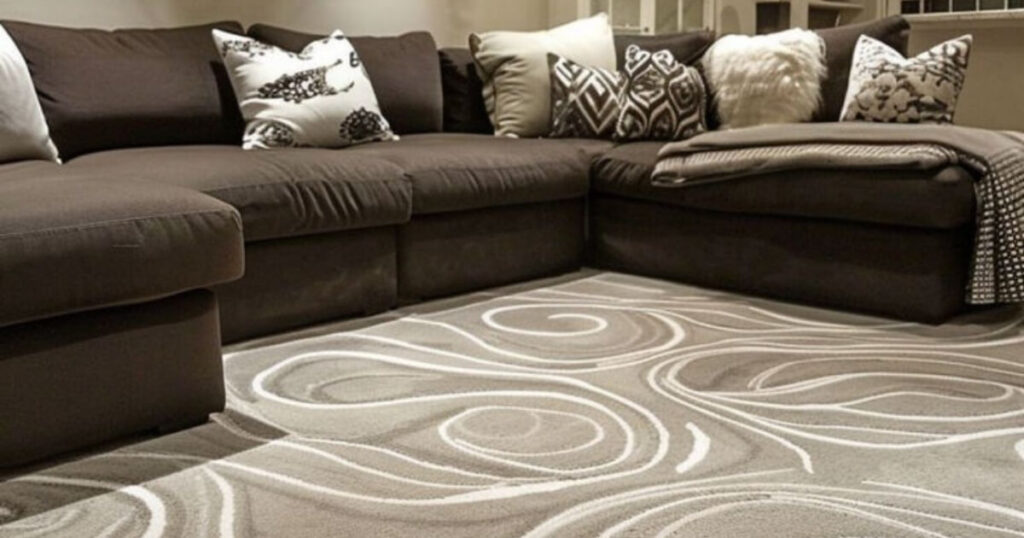
Hot weather increases foot traffic and introduces different types of debris. Air conditioning systems can create condensation issues in high traffic areas. Adjust cleaning schedules to address increased activity levels and different contamination patterns.
Dust and pollen become more prevalent during summer months. HEPA filtration and frequent surface cleaning help maintain indoor air quality despite increased outdoor allergen levels.
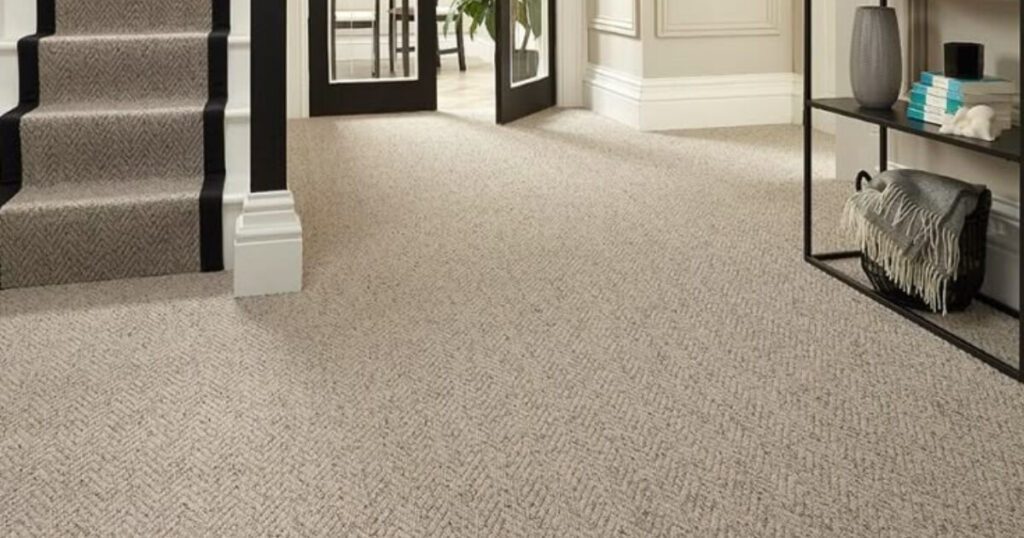
Frequently Asked Questions
1. How often should I clean high traffic areas?
Daily maintenance with weekly deep cleaning works best for most high traffic zones. Adjust frequency based on actual usage levels and visible dirt accumulation.
2. What’s the best type of vacuum for high traffic carpets?
Commercial upright vacuums with strong suction and rotating brushes work most effectively. Look for HEPA filtration and adjustable height settings.
3. Can I use bleach on all high traffic surfaces?
No, bleach can damage many materials including natural stone, wood, and certain synthetic surfaces. Use appropriate pH-neutral cleaners for most applications.
4. How do I remove scuff marks from high traffic walls?
Magic erasers or mild abrasive cleaners usually remove scuff marks effectively. Test in inconspicuous areas first to avoid paint damage.
5. Should I wax high traffic floors?
Waxing depends on your floor type. Some surfaces benefit from protective coatings while others are designed to be maintained without additional treatments.
6. How can I reduce cleaning frequency in busy areas?
Strategic mat placement, traffic flow management, and protective treatments can significantly reduce maintenance needs while preserving surface appearance.
7. What’s the difference between cleaning and sanitizing?
Cleaning removes visible dirt while sanitizing kills germs. High traffic areas often need both processes for optimal health and appearance.
Maintaining Clean High Traffic Zones Long-Term
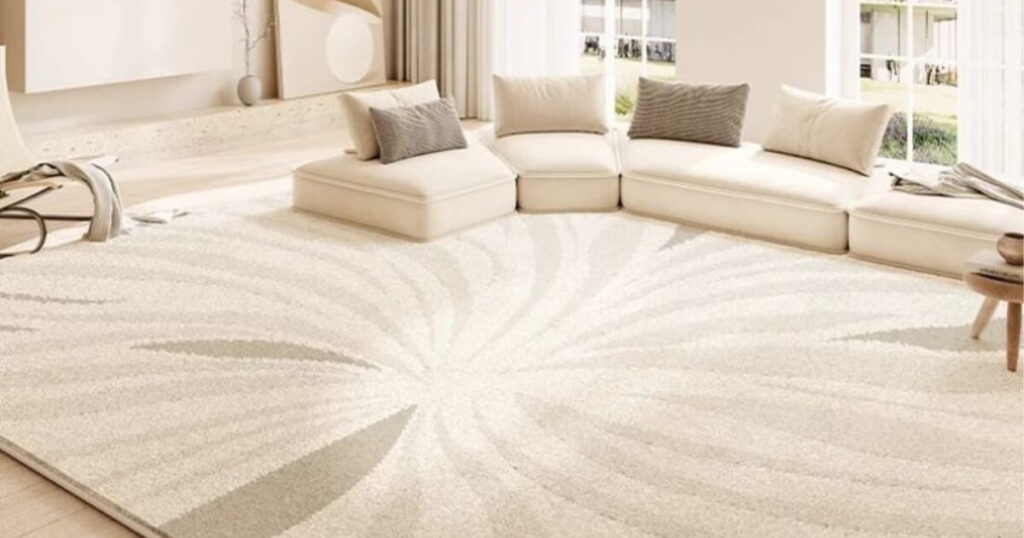
Successfully managing high traffic area cleaning requires consistent effort and smart strategies. Focus on prevention through proper matting and traffic management. Establish realistic maintenance schedules that address the specific needs of your space.
Regular assessment helps you adjust cleaning methods and frequency as usage patterns change. Document what works well and modify approaches that aren’t delivering expected results. Remember that investing in proper tools and techniques upfront saves time and money over the long term.
The key to success lies in understanding that high traffic zones need more attention than typical areas. With proper planning and execution, even the busiest spaces can maintain a clean, welcoming appearance that reflects well on your home or business.
As an Amazon Associate, I earn from qualifying purchases.

